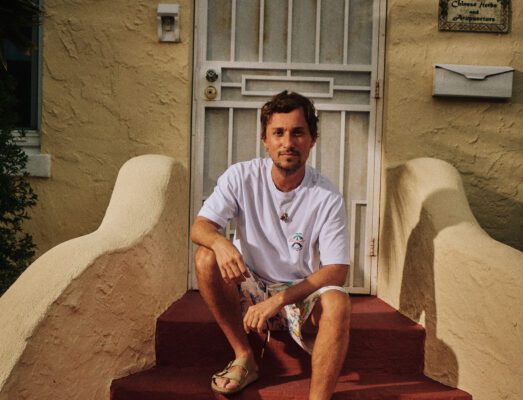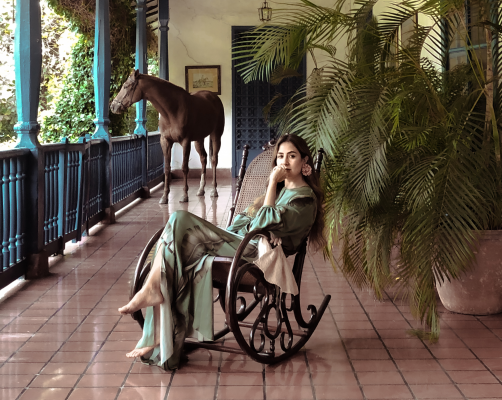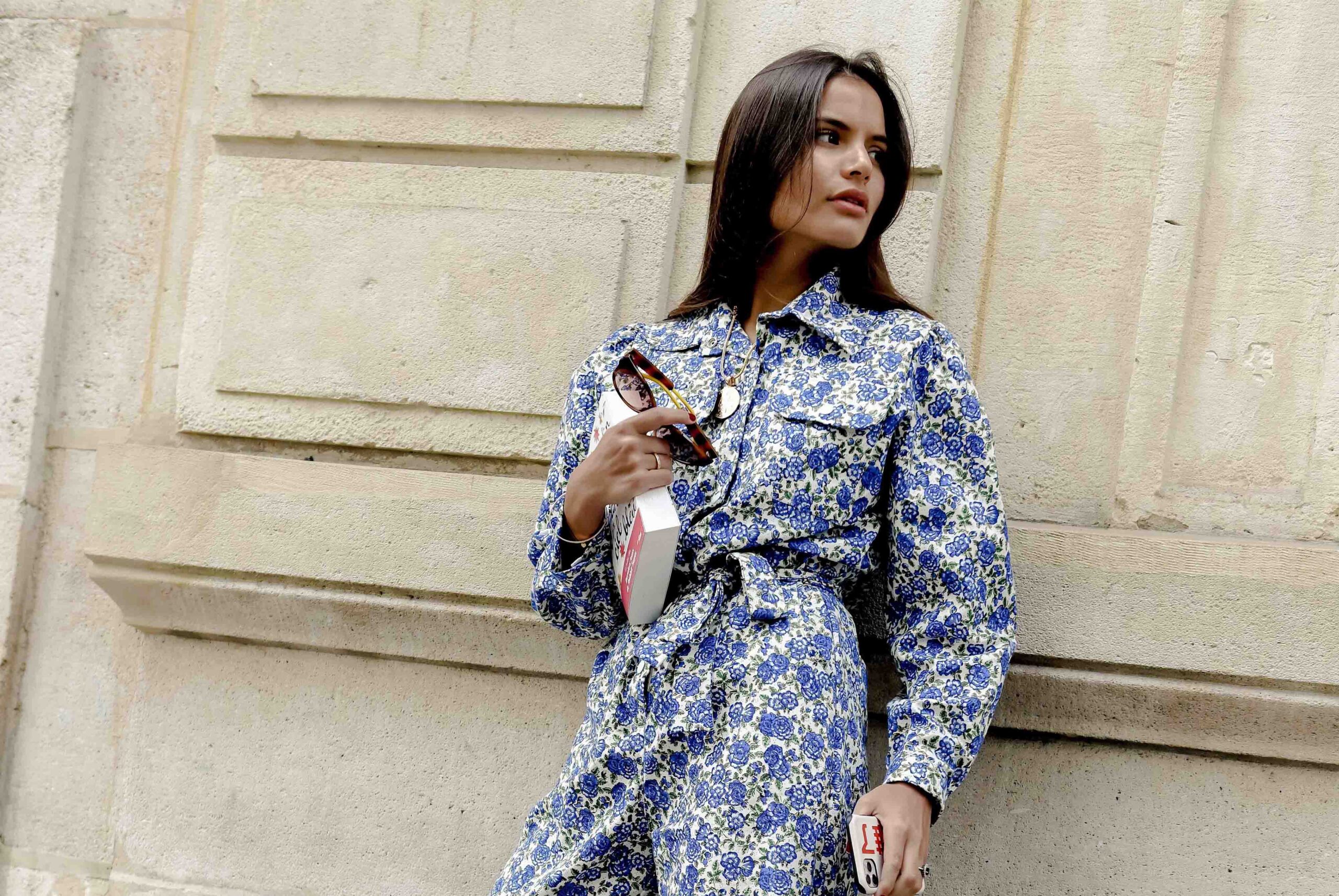
COFFEE WITH
CAMILA BASURCO: “TRUE LUXURY IS IN THE PROCESS THAT EXISTS IN CRAFTSMANSHIP”
Name: Camila Basurco
Profession: Designer
Nationality: Peruvian
Zodiac sign: Leo
Instagram: @camilabasurco
LATINNESS: Camila, tell us about yourself. Where did you grow up and where are you now?
CAMILA: I’m Peruvian, and I lived there until I was 18 years old. I studied there, then went to Milan to study Fashion Business at Marangoni. I did three years there, and then stayed a few more while working in fashion. I collaborated with a few brands, particularly in the area of communication strategy and image. One was an Italian brand and the other French.
Like a good Latina, from a very young age, I was impregnated with an entrepreneurial spirit. Also, thanks to my family, I always knew I wanted to do something for myself, which is why, as a thesis for my Marangoni degree project, I gave life to The Last.
First, it was swimsuits. At the beginning, it was a bit improvised because it was a side project, and I didn’t think I’d end up dedicating myself to it 100%. Each time I went back to Peru, I designed small collections, which I would then sell amongst my friends. Over time, it grew organically while working for others in Milan.
Once I finally decided I wanted to work for myself, I started doing freelance consulting for brands, while The Last continued as a hobby, but it was always growing.
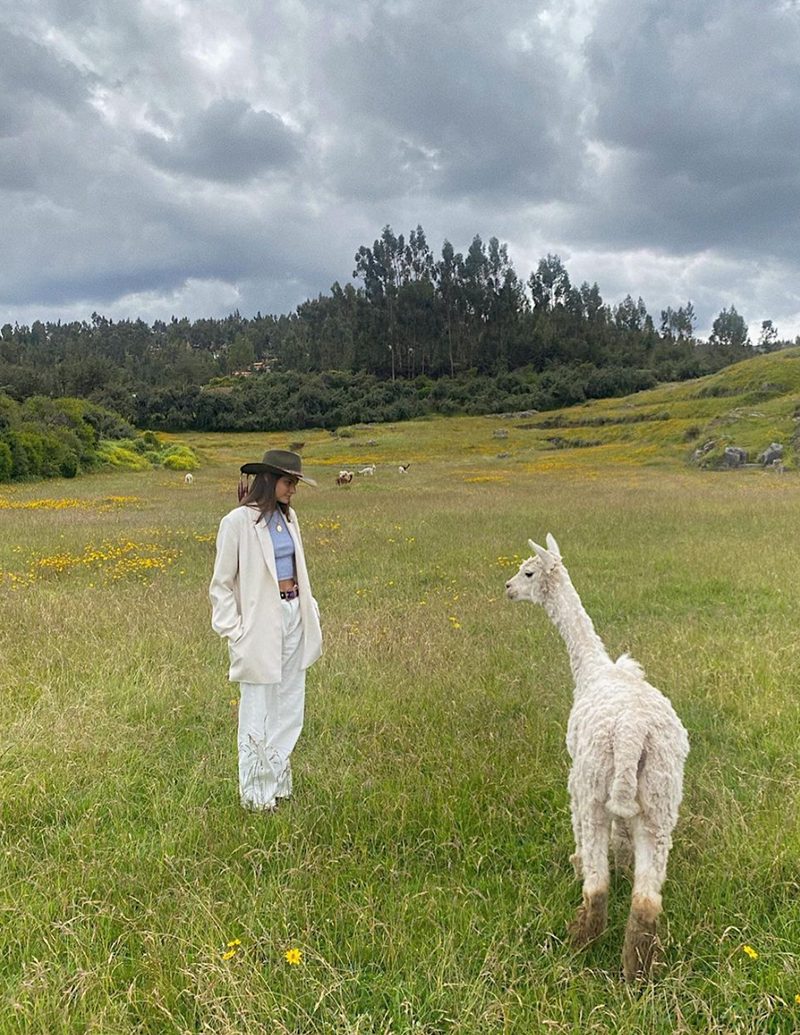
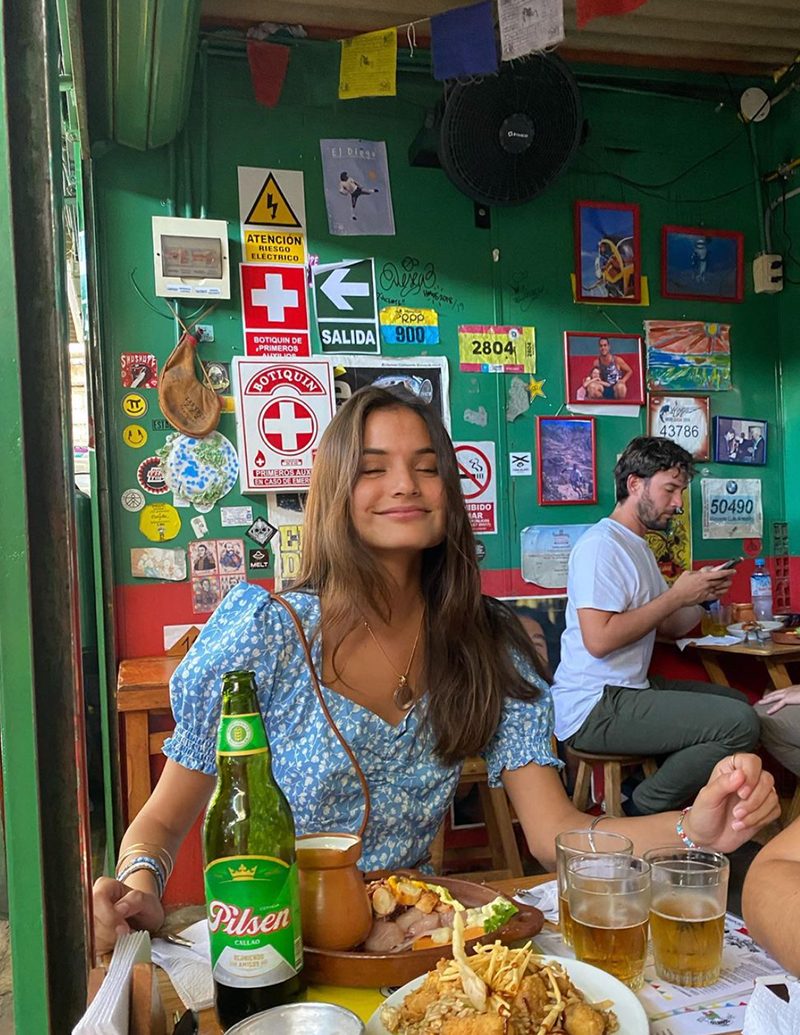
LATINNESS: And where did this take you?
CAMILA: I always wanted to go to China, to Asia, and I had the opportunity to work for an art gallery, as well as a shoe brand called ASH. That was just before the pandemic.
Then I stayed in Lima. We were completely locked down, so I started picking up The Last. I knew that there had been quite a few issues with artisans in production, but my passion for Latin culture and crafts led me to create the collections with artisans. Not only from Peru– I also worked with some in Morocco, Mexico and Colombia, at least certain pieces. On each trip, I’d collect what I liked most.
During the pandemic, I came into contact with some artisans who weave alpaca and, of course, they’d run out of orders. Everything was blocked. In those days, I was thinking about moving to Madrid, but first, I decided to make a collection of baby alpaca vests with them. They were small amounts at the beginning. It was more about trial and error and going back to The Last, putting consulting aside a bit, because that had also come to a standstill. I liked it a lot, and now I’m here.
Later, I created a summer collection because the brand was growing, and I thought: “I’m going to dedicate myself more to this than looking for clients as a consultant”. And, well, here I am.
LATINNESS: What took you to Madrid?
CAMILA: Madrid was always the meeting point for my family. Like many Latins, we also feel Madrid as a refuge within Europe. And well, I moved all my stuff from Milan to the Spanish capital. I didn’t want to completely separate myself from Latin America, from Peru, which will always be my home, but here I also have a home: my sister is here. So, I have two residences: Europe, because I’ve been living between Italy and Madrid for nine years, and Latin America.
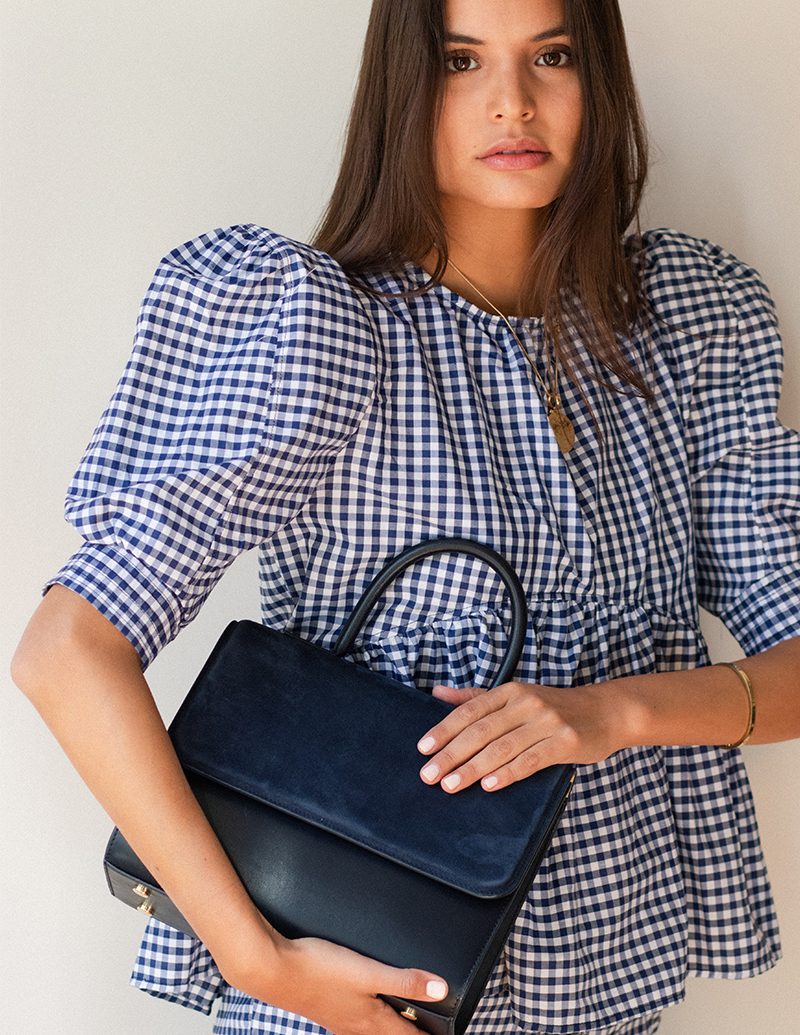
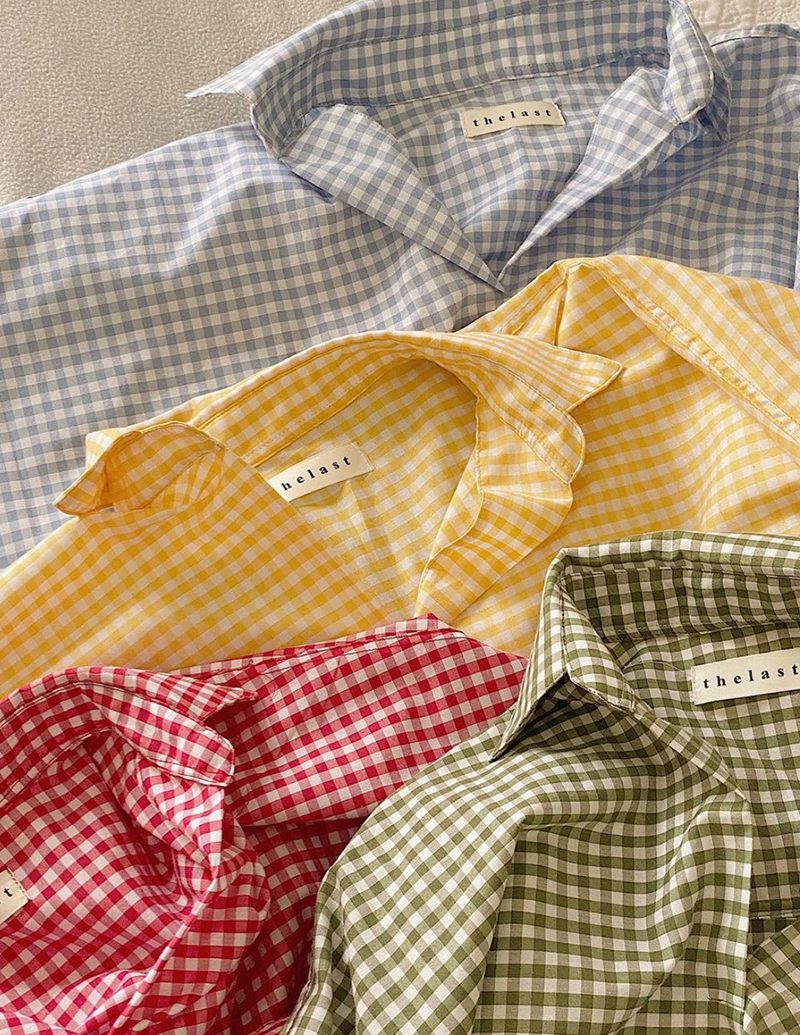
LATINNESS: How has the mix of these two residencies influenced your brand?
CAMILA: A lot. In my “Main Collection”, you can perceive a European twist due to the linear cuts. I do a lot of research: I go to vintage stores or pick up clothes made here to get inspired. Then, I add that Latin touch, which is what I like, and I think it shows.
For example, the use of Vichy checks is something I’ve used since I was little, and now that it’s fashionable, I use them even more. Many European brands also use it. Of course, when you see my brand, you might not think it’s Latin, but in some cuts, I do mix between European and Latin style, which in the end is inspired by my travel, what I see and what I like.
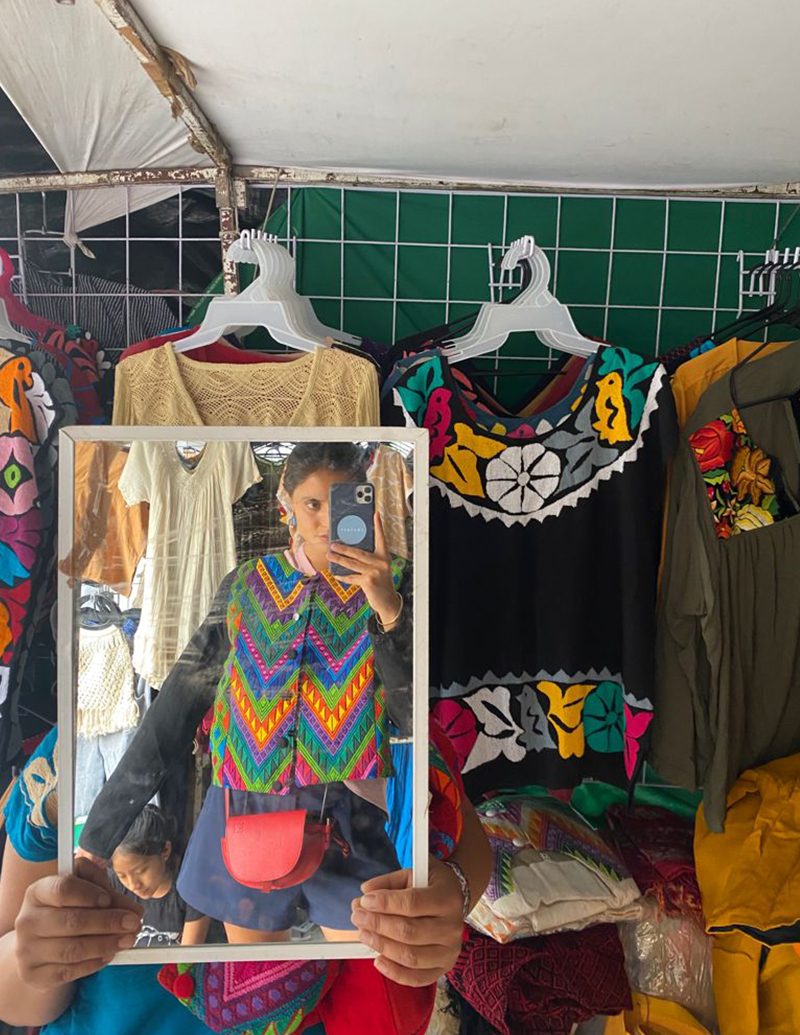

LATINNESS: The pieces in your collections revive techniques of Latin American craftsmanship. Which communities do you collaborate with and what is this creative process like?
CAMILA: It’s getting to the place, searching and investigating. My process is to go, scrutinize, ask, immerse myself into their world and find out how they do things. In Peru I was already in contact with some artisans from a very young age through my mother; there is always someone in the family who knows someone who weaves or does some other technique. It’s very organic.
In Oaxaca, I went alone to visit the city’s markets, asking questions, getting to know… Totally open. The truth is that the reception has been super good because they’re happy to work and create with someone. Later, when you show them photos, they see their clothes on the models or that they appeared in a magazine or photoshoot, they’re very excited. The whole process is beautiful.

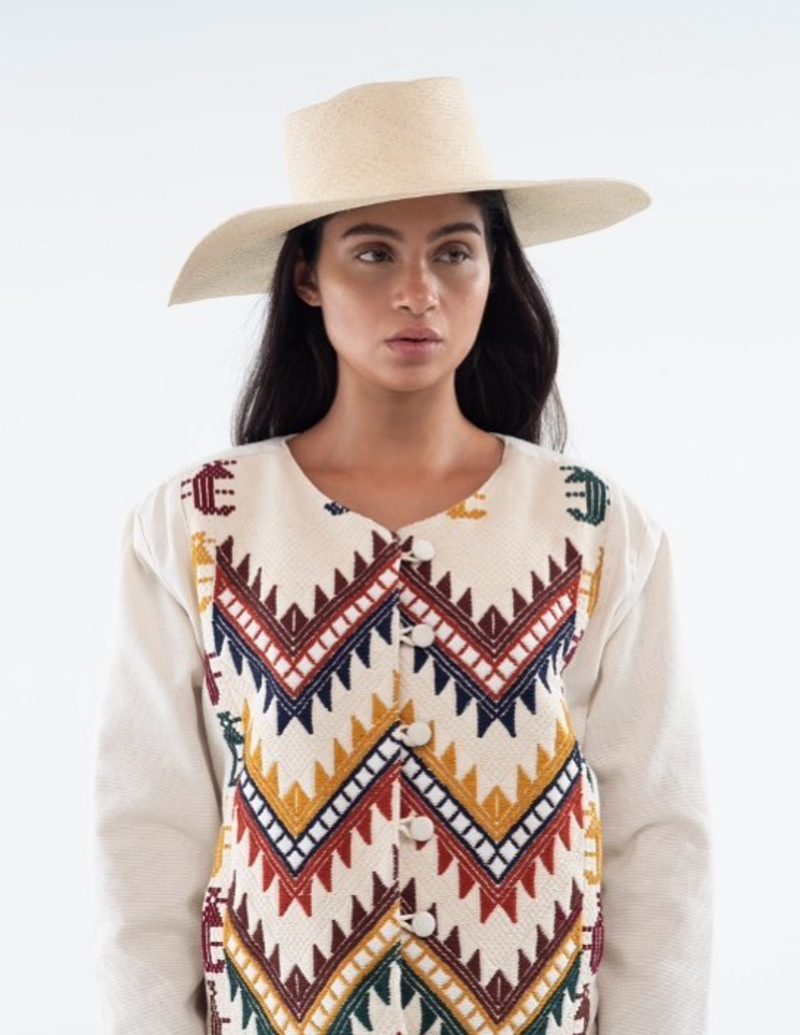
LATINNESS: Your Special Magic Pieces call our attention. Tell us about them.
CAMILA: They’re magical and special pieces because they’re created through artisanal processes that tell stories. Each garment has something to tell. They’re made with techniques that are passed from generation to generation, which is why they bear that name. It’s nice because it also hints at what you’re receiving.
When we deliver each piece, we add a certificate with the name of the artisan who made it, as well as the composition information; that is, as if it were literally a work of art. Also, if we made six pieces of a certain model, it is 1 of 6, and it comes signed. This is how we give it the real importance that an artisanal product has.
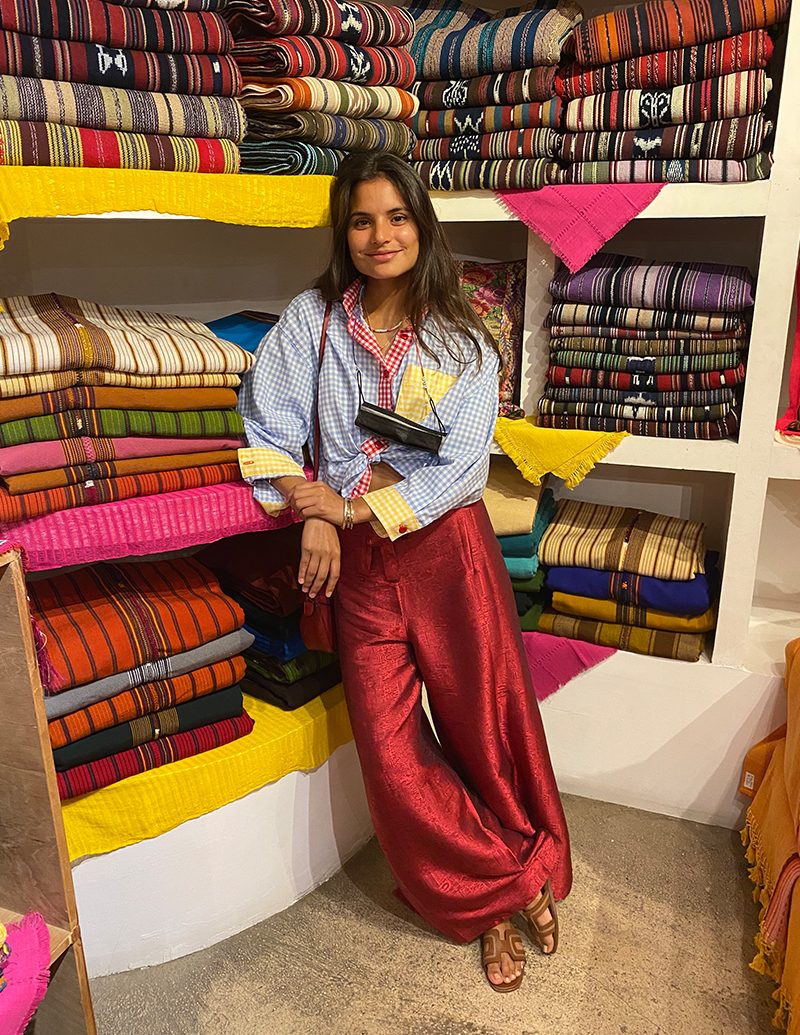
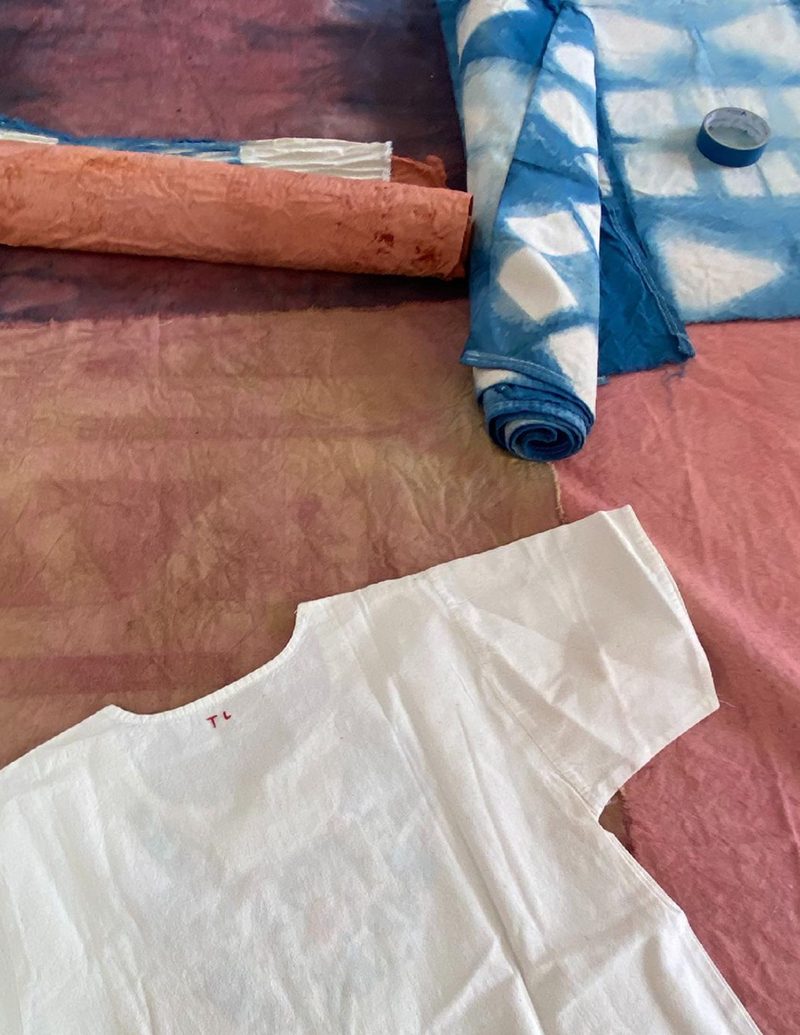
LATINNESS: As a sustainable brand, how many collections are created per year?
CAMILA: The brand has been growing organically. Since last year, I’ve been completely immersed in it, and what I want is to respect the time it takes to make each collection or garment. Very little quantities come out, I’m not a big brand. I work alone.
In my “Main Collection” we create about thirty pieces, although that depends on the models. If I see that it’s successful, more are made. And when it comes to crafts, like the Oaxaca collection, each piece takes as long as we need to make it with the artisans. It can be two weeks or even months.
I also have the option of making it by request. In that case, my job is to explain to the client that the process of each garment is respected, and that it can take from three weeks to a month. It’s nice because the client can’t wait to have it in their hands. In other words, it’s not fast fashion that you buy and that’s it.
LATINNESS: The Last demonstrates a lifestyle. As its Creative Director you’re not only the face of the brand, you also represent a new generation of Latin designers. What are those values that differentiate this new Latin American wave?
CAMILA: I think there is a lot of Latin American pride and a lot of passion. Latins are passionate, they love knowing that each garment has a story because that gives it added value.
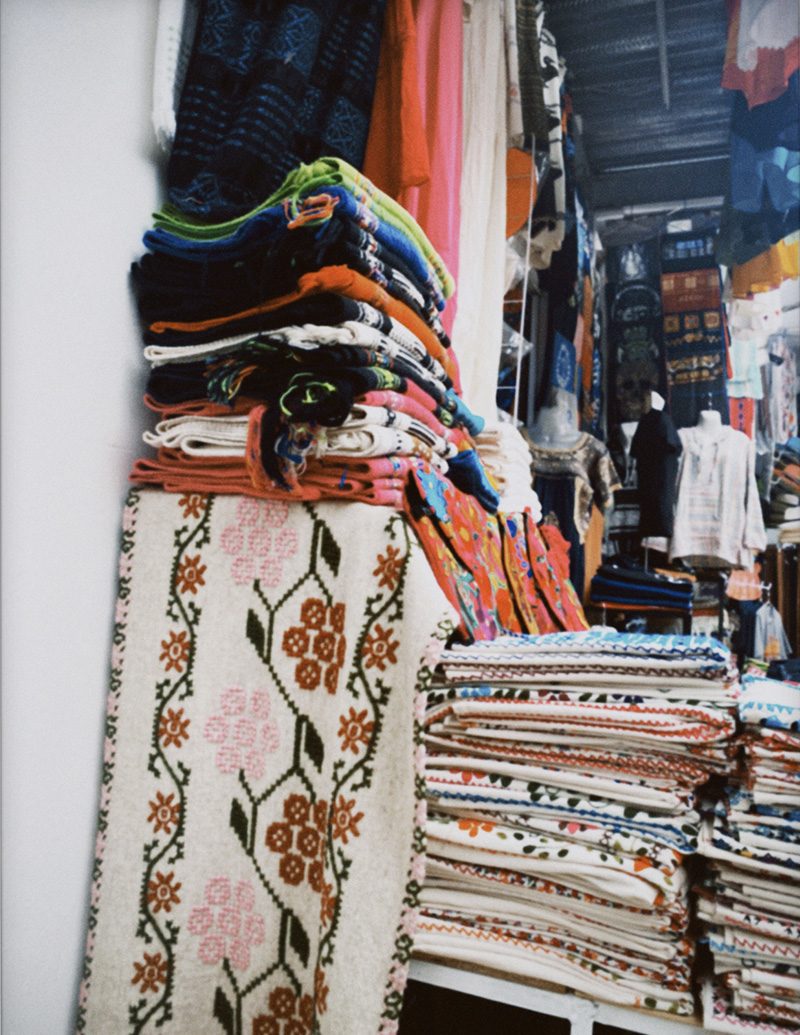
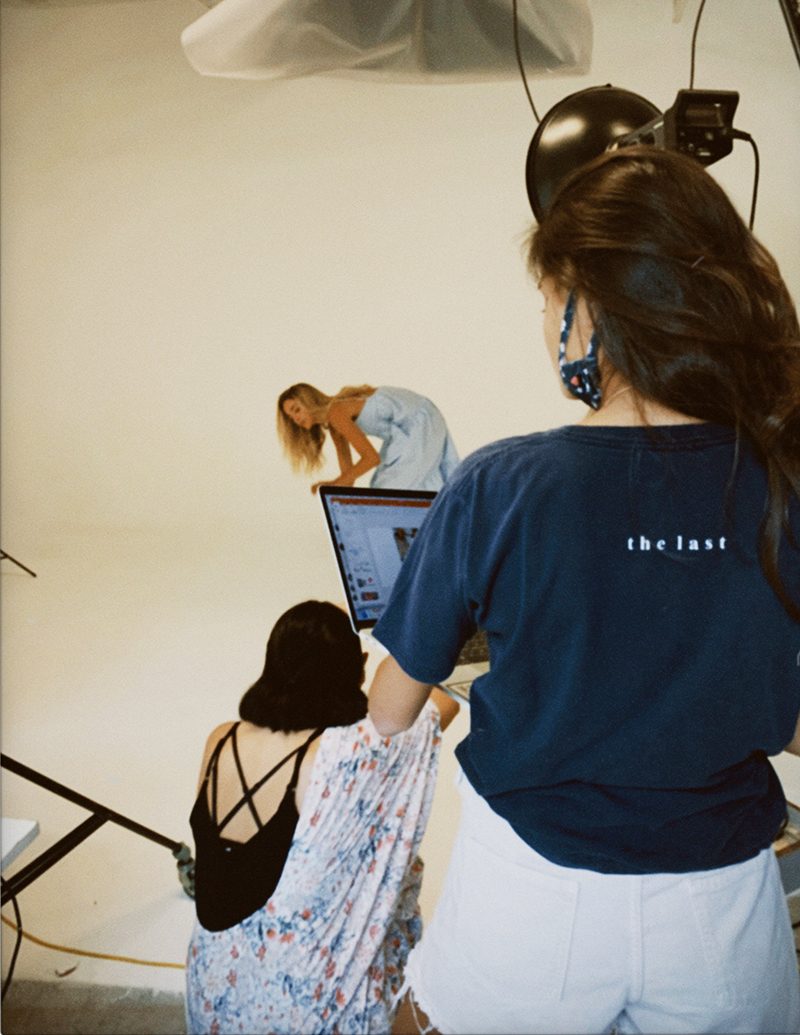
LATINNESS: We met through Instagram years back. How important has social media been in the development of your career?
CAMILA: I owe everything to social media. I mean, it’s just me behind The Last. I don’t have a group that invests a lot and I don’t spend a lot on marketing.
I totally thank Instagram because it’s a platform that can help you grow, especially someone who is starting a business and doesn’t have a large economic support to do so. It allows you to be in the eyes of the whole world.
I’ve received orders from Japan and Hong Kong, and when I list them, I ask myself: “How am I sending a package to these places? I don’t invest in marketing, not even in Instagram Ads. So far I haven’t done a single one!”
It’s a fantastic platform if you know how to take advantage of it. It also depends on how you move on it. Receiving support from followers who have good numbers on their accounts and who are influential in one way or another also helps a lot.
LATINNESS: Where do you look for inspiration?
CAMILA: Markets are what inspire me the most. When I arrive at a destination, the first place I want to go is to a market, because the food, the smells and the people are what inspire me the most. In Oaxaca, I met the most artisans while having breakfast at 6:00 am in the market.
The colors of the fruits and vegetables that we have in Latin America I can’t find in a market in Spain. We have great wealth in our part of the world.
LATINNESS: Your style is impeccable. What’s your philosophy when it comes to dressing?
CAMILA: Color and comfort, on one hand, and selecting timeless garments that I’ll wear often, on the other. I’m not one to wear tight silhouettes; I prefer everything quite loose. For example, the Lefi dresses from my “Main Collection” are one size, so my mom and sister wear them also. They’re designed for different body types because you can adjust it yourself with a belt.
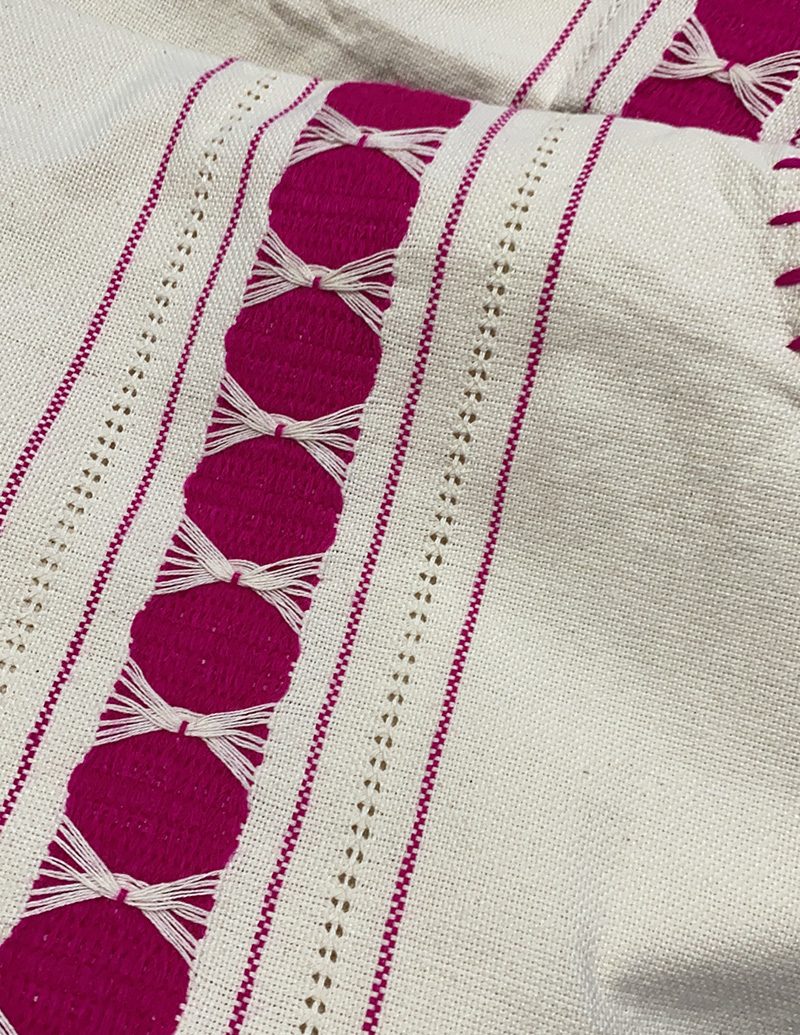
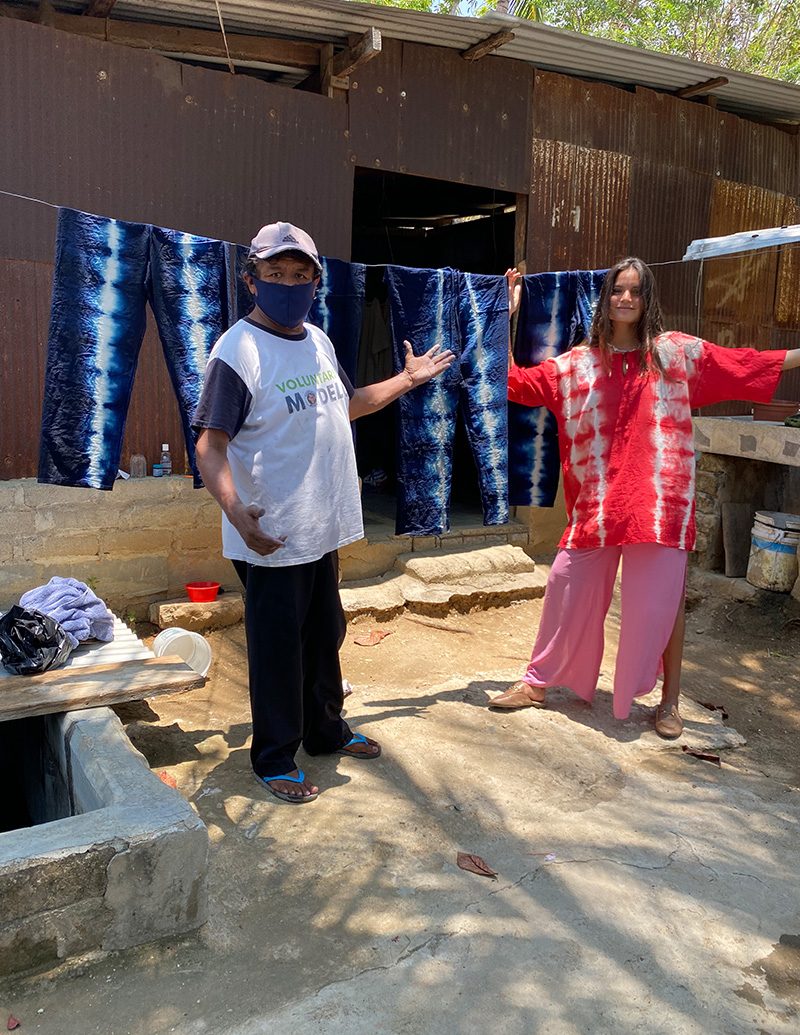
LATINNESS: Where do you see The Last in ten years?
CAMILA: I have mixed feelings about that because I also love my work as a creative consultant for brands. I love learning from them and helping them grow. I also find inspiration in these projects, whether they are small or large.
I also want The Last to continue to evolve. I love that at the moment it’s produced in small quantities and that they are unique pieces. Of course, I’d love for it to grow and increase in volume, but for now, I’m happy with this gradual growth.
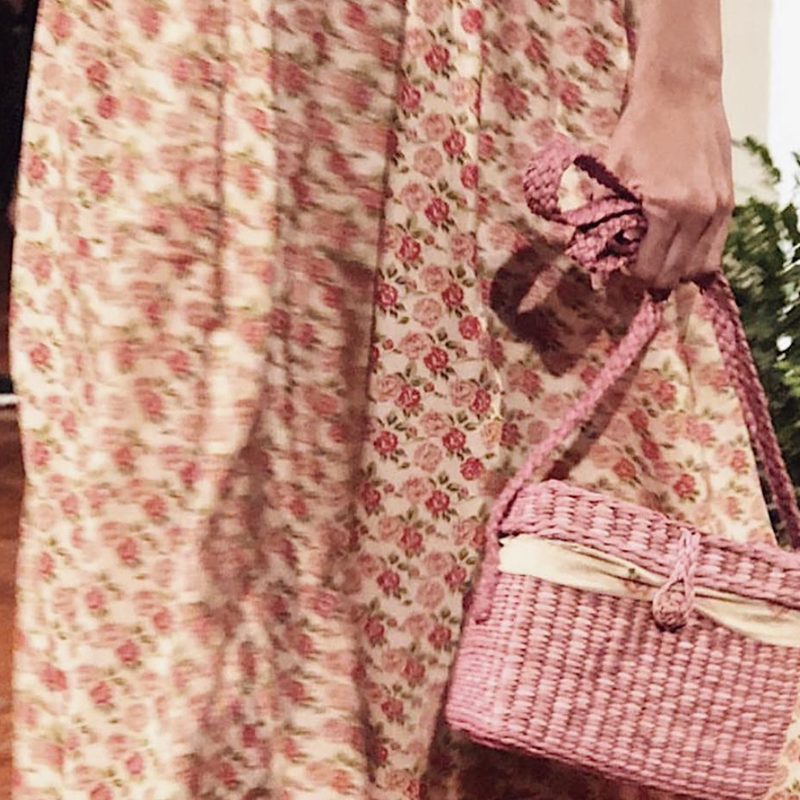
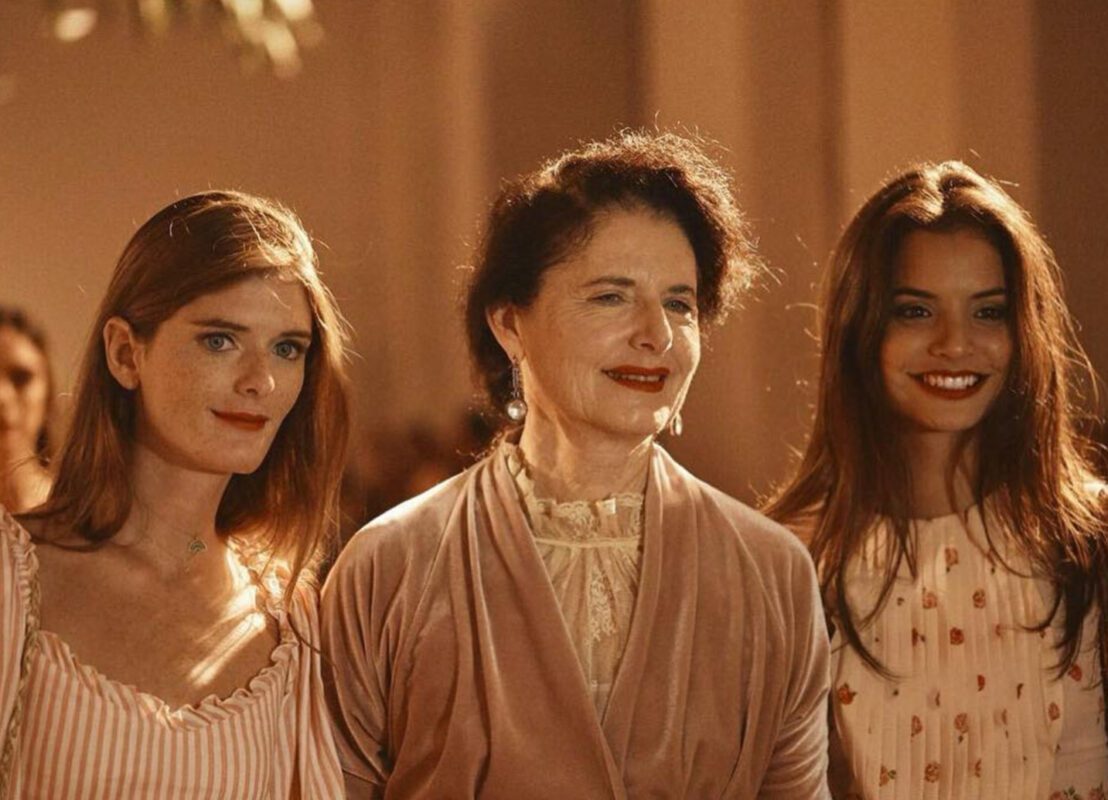
LATINNESS: Speaking of which, did you do something for Luisa Beccaria when you were studying?
CAMILA: Exactly. At that time I was working for this one and other brands, and The Last was a separate project. In one of those collections, we made straw baskets, a kind of carterita made in Peru. In those days, you didn’t see these as much. Now, many brands have made a version of one. Before, a straw bag with jeans and a shirt was unthinkable.
My mom knew an artisan who made decorative baskets and planters for her house. I remember that, out of curiosity, I asked her if she also made the baskets to use as lunch boxes for school, and I started creating a collection with them. I took it to Milan, and my friends asked me for orders. One was Luna Bonaccorsi, daughter of Luisa Beccaria. It caught her attention, and she showed it to her mother, who liked it a lot, enough to integrate it into the brand.
Then they proposed the idea of this collaboration. I thought, “Wow! Luisa, who makes beautiful haute couture dresses and shows, is interested in me… Uff.” Europeans are attracted to what lies behind a product. A luxury product doesn’t necessarily have to be signed by a luxury brand; true luxury is in the process that exists in the craft.
I told them about how they’re made, and then I introduced them to my artisans. They loved that they were all women. That’s how we created a collection of baskets with the lining of their fabrics, and they turned out really nice. I remember my friends would send me photos of people in Milan walking with these straw baskets, and that really moved me.
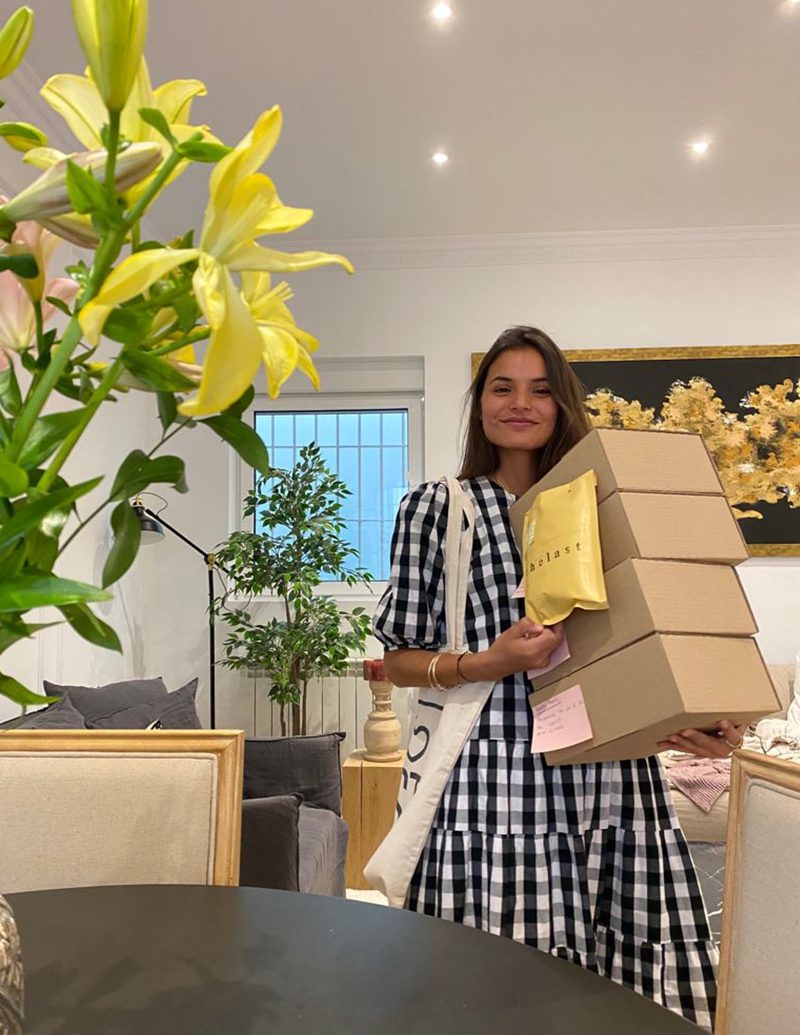

LATINNESS: Do you want to continue with this type of collaboration?
CAMILA: Sure, I’d love to. I think brands grow a lot mutually with collaborations. They learn from each other and they also make their versatility known.
LATINNESS: What do you love most about being Latin?
CAMILA: I just talked about it recently with my sister. If we’re in a meeting or at a party, you can tell when someone is Latin. The Latin spirit is contagious, it’s joyful. It’s something that can be seen from afar.
In my group of friends in Italy, for example, I was the only Latin, and when they introduced me, they did so with pride and were happy to invite me to dinners or events because I became the joy of the occasion, whatever it was.
Images courtesy of Camila Basurco.

